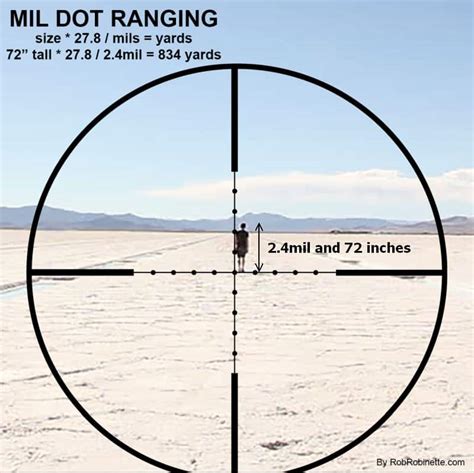Accurate Long-Range Shots: Red Dot Adjustment Tips
Long-range shooting demands precision. Even the slightest misalignment in your red dot sight can drastically impact accuracy at extended distances. This article delves into the essential techniques for accurate red dot adjustment, ensuring your shots land where you intend them to, even at considerable ranges. We'll cover everything from understanding your red dot's adjustment system to practical field testing and troubleshooting common issues.
Understanding Your Red Dot's Adjustment System
Before you begin adjusting your red dot, familiarize yourself with its specific mechanism. Most red dots utilize a system of windage (horizontal) and elevation (vertical) adjustments. These are usually controlled by small dials or turrets located on the sight itself. Pay close attention to the markings on these turrets – they typically indicate the direction and magnitude of adjustment (e.g., clicks per inch or MOA (Minute of Angle)). Understanding these markings is crucial for making precise adjustments.
Some red dots offer zero-stop features, preventing accidental adjustment past the zero point. Others may feature locking mechanisms to secure the adjustments once set. Consult your red dot's manual for detailed instructions and specifications. This understanding will save you time and frustration during the adjustment process.
How to Zero Your Red Dot at Different Ranges
Zeroing your red dot involves aligning the point of impact (POI) with your point of aim (POA). This is typically done in stages, starting at a closer range and progressively increasing the distance.
1. Close-Range Zeroing:
Begin at a range of 25 yards (23 meters). Fire several shots, observing the group's impact relative to your point of aim. This initial zeroing will give you a solid foundation to build upon for longer ranges. Make small adjustments to windage and elevation based on the group's location, following the instructions provided in your red dot's manual. Remember, small, incremental adjustments are key.
2. Mid-Range Zeroing:
Once you've achieved a satisfactory group at 25 yards, move to a mid-range distance, such as 100 yards (91 meters). Re-evaluate your point of impact and make necessary adjustments. The bullet drop will become more significant at this distance, requiring adjustments to the elevation turret.
3. Long-Range Zeroing (If Applicable):
For long-range shooting (beyond 100 yards), you'll need to factor in bullet drop, wind drift, and other environmental factors even more significantly. Many shooters use a ballistic calculator or software to determine the necessary adjustments based on their chosen ammunition, distance, and environmental conditions. This process often requires iterative adjustments at increasing ranges.
H2: What are the common problems when adjusting red dot sights?
Common problems include: incorrectly interpreting adjustment markings, making too-large adjustments at once leading to overcorrection, and not accounting for environmental factors like wind and temperature. Another common mistake is neglecting to properly clean and maintain the red dot sight, which can affect accuracy.
H2: How do I maintain my red dot sight for optimal accuracy?
Regular cleaning and maintenance are essential. Use a soft cloth and lens cleaner designed for optics to remove any dirt, dust, or fingerprints from the lens. Avoid harsh chemicals or abrasive materials. Store your red dot sight in a protective case when not in use to prevent damage. Ensure the batteries are fresh to maintain a clear and consistent reticle.
H2: How much should I adjust my red dot per click?
The amount of adjustment per click varies depending on the specific red dot sight. Refer to your sight's manual for the exact specifications, usually expressed in MOA (Minute of Angle) or inches per click at a specific distance. Precise knowledge of this value is paramount for accurate adjustments.
H2: How do I account for bullet drop and wind when zeroing a red dot at long range?
Accurately accounting for bullet drop and wind at long range requires understanding your ammunition's ballistics and using tools like ballistic calculators or software. These tools factor in factors like bullet weight, velocity, temperature, altitude, and wind speed to predict bullet trajectory. You can then use these predictions to make the necessary elevation and windage adjustments.
Conclusion:
Mastering long-range accuracy with a red dot sight requires patience, practice, and a deep understanding of your equipment. By diligently following the steps outlined above and paying meticulous attention to detail, you'll significantly improve your shot placement at extended distances. Remember that consistent practice and proper maintenance are essential components of successful long-range shooting.

